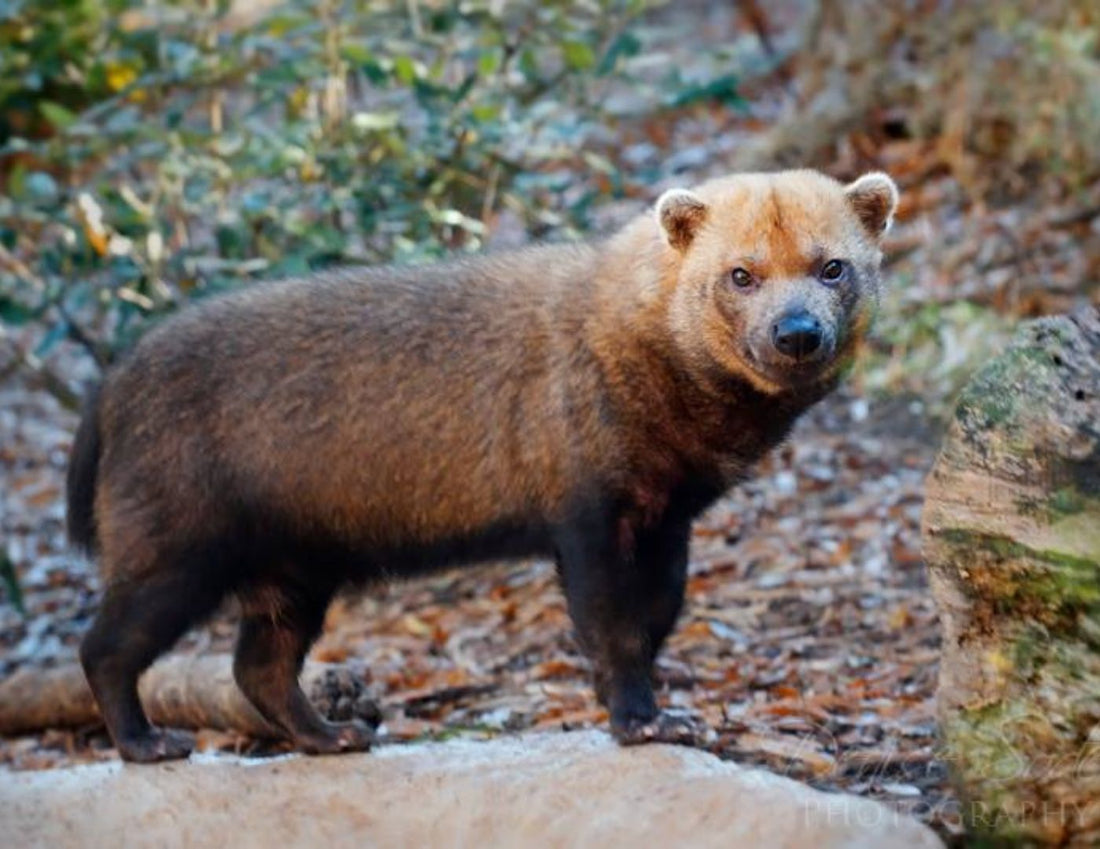
Meet the 3 Wild Canids of Costa Rica
BY NAMUBAKShare
Wild Canids and Their Importance in the Ecosystem
The wild canids They are a family of carnivorous mammals known for their keen sense of smell, adaptability, and variable social behavior . These characteristics have allowed them to inhabit a wide variety of ecosystems around the world, from frozen tundras to tropical forests.
In Costa Rica, there are three species of wild canids:
- Coyote (Canis latrans)
- Gray fox (Urocyon cinereoargenteus)
- Vinegar dog (Speothos venaticus)
Each of them plays a fundamental role in maintaining ecological balance, regulating populations of rodents and other prey, as well as contributing to seed dispersal.
Canids in Costa Rica: Three Key Species
Coyote (Canis latrans): The Most Adaptable Canid in America
He coyote It is the most widely distributed canid in the Americas and has spread from Costa Rica, from Guanacaste to the Atlantic region and Panama. Its great adaptability allows it to inhabit forests as well as agricultural and urban areas.
Characteristics of the coyote in Costa Rica
- Varied diet : It feeds on rodents, reptiles, fruits, seeds and in some cases, domestic animals.
- Flexible hunting patterns : It can hunt alone, in pairs or in small groups, adjusting to the availability of prey.
- Survival strategies : During the day, it takes refuge in natural areas to avoid predators and high temperatures, while at night it approaches urbanized areas in search of food.

Gray Fox (Urocyon cinereoargenteus): The Only Arboreal Canid
He gray fox It is one of the most peculiar species of the Canidae family, since it is the only canid capable of climb trees with ease. This ability allows them to seek refuge from predators and access food sources such as fruits and small vertebrates.
Key facts about the gray fox
- Habitat : It prefers dry and humid forests, although it is also found in areas of scrub and mangroves.
- Omnivorous diet : Consumes everything from insects and rodents to fruits and seeds, playing a role in forest regeneration.
- Solitary behavior : Unlike other canids, it usually lives alone or in pairs, establishing well-defined territories.

Vinegar Dog (Speothos venaticus): The Most Difficult Canid to Observe
He vinegar dog It is the most enigmatic canid species in Costa Rica. It is known for its small size and its distinctive vinegary smell, from which its name comes.
Characteristics of the vinegar dog
- Group hunting : It is a social predator that hunts in well-organized packs, even attacking large prey such as tapirs.
- Adaptation to the aquatic environment : It has short legs and interdigital membranes that make it easier to swim and hunt in rivers and swamps.
- Distribution range : Although Its presence in Costa Rica was confirmed in 2016 , but little is known about its behavior and habits.

The Guanacaste Conservation Area and its Impact on Wild Canids
He Guanacaste Conservation Area (ACG) It is one of the most biodiverse regions in Costa Rica. It represents the 2% of the national territory , but it houses 2.6% of the world's biodiversity , with more terrestrial species than all of northern Mexico, the US and Canada combined.
Wild canids have found in the ACG a crucial refuge for their survival. Recent studies have analyzed how the coyote adapts to this ecosystem , revealing that:
- During the day, takes refuge in natural forests to avoid high temperatures and predators like the jaguar.
- Overnight, approaches urbanized areas in search of food, avoiding human contact.
In addition, the impact of the use of antibiotics in wildlife , as coyotes may be transmitting bacteria resistance genes due to its contact with urban environments.
Importance of Canids in the Ecosystems of Costa Rica
The wild canids in Costa Rica play an essential role in the health of the ecosystem:
- Rodent Population Control : By hunting species such as rats and opossums, you reduce the risk of pests.
- Seed dispersal : By consuming fruits and excreting seeds in different places, they contribute to forest regeneration.
- Regulation of the food chain : They prevent overpopulation of certain species and balance the ecosystem.
However, these animals face multiple threats:
- Habitat loss due to deforestation and urbanization.
- Road kills are a common problem for gray foxes and coyotes.
- Conflicts with humans , especially in agricultural areas where they may attack poultry.
- Diseases transmitted by domestic dogs , such as distemper and rabies.
Conservation of Wild Canids in Costa Rica
To protect wild canids, it is essential to strengthen programs environmental education, species monitoring, and reducing conflicts with humans . Some key actions include:
- Promote biological corridors that allow the safe movement of these species.
- Implement measures to reduce road accidents, such as signage on roads near national parks.
- Promote the coexistence between rural communities and wildlife , avoiding indiscriminate hunting.
The protection of canids not only ensures the survival of these species, but also helps maintain the health of Costa Rican ecosystems .
Explore More About Costa Rica's Wildlife
If you are interested in learning more about the fauna of Costa Rica, we invite you to read our article on the 6 species of felines in Costa Rica . You can also visit our sustainable products store To support environmental conservation with every purchase. Let's explore sustainably!

